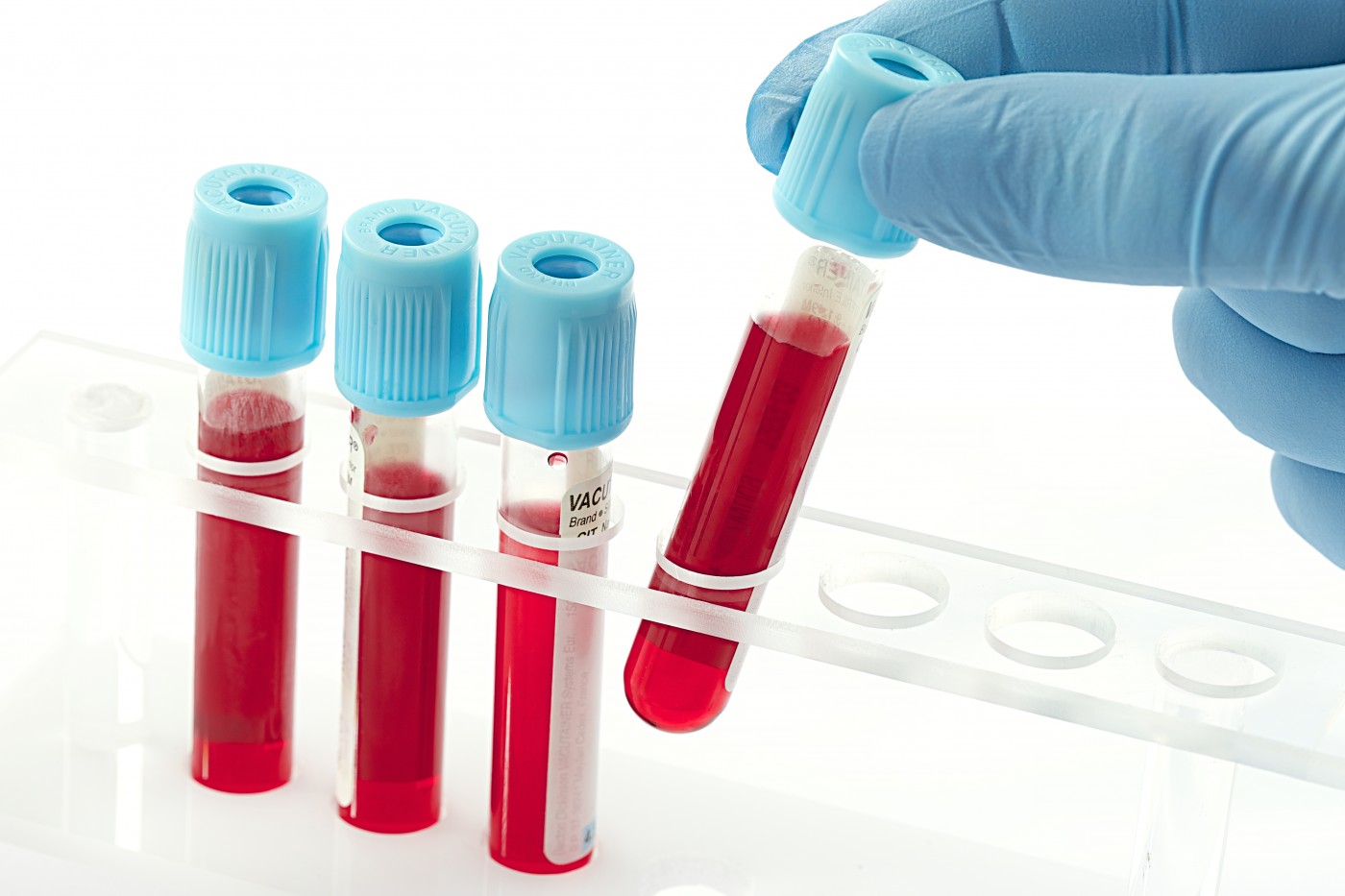Researchers at Abramson Cancer Center (ACC), University of Pennsylvania Perelman School of Medicine in Philadelphia found that measuring the levels of T cells in a blood sample can help to select the best donor match for stem cell transplant to older blood cancer patients. The study was recently published in the Journal of Clinical Oncology and is entitled “High Graft CD8 Cell Dose Predicts Improved Survival and Enables Better Donor Selection in Allogeneic Stem-Cell Transplantation With Reduced-Intensity Conditioning”.
Older patients who have blood cancers are usually submitted to treatments with reduced-intensity allogeneic stem cell transplants. In this type of therapy, the chemotherapy or radiation dose that the patient receives is reduced, so the treatment relies heavily on the ability of the donor T cells to destroy the cancer cells – this effect is known as graft-vs-tumor activity. Unfortunately, disease relapse compromises long-term survival in more than a third of the patients who receive the transplant, most likely because the donor T cells fail to completely eradicate the cancer cells.
“Developing better tools to identify ideal donors is an exciting prospect—and fundamental to improving transplant outcomes,” said the study’s lead author Dr. Ran Reshef in a news release. “There may be suitable donors out there who are overlooked because they are considered a poorer match by today’s donor selection algorithms. Refining the screening method could greatly increase the chances of finding the most appropriate donor, one that will induce the most potent graft-vs-tumor response.”
It is estimated that a third of the patients receive the transplant from a matched sibling or relative, which is usually preferred over unrelated donors. However, if this is not a possibility, then the search for a donor is widened to unrelated donor registries. Currently, the identification of the best donor is primarily made based on human leukocyte antigen (HLA) matching.
In the study, researchers analyzed the impact of donor T cell composition in terms of clinical outcome in 200 adult patients with hematologic malignancies (non-Hodgkin lymphoma, acute myeloid leukemia, among others) who were submitted to reduced-intensity conditioned allogeneic hematopoietic stem-cell transplantation. The team also analyzed 21 donors in order to determine predictors of optimal T cell content. Two T cell populations were assessed: CD8 T cells, which are able to destroy cancer cells, and CD4 T cells that can regulate the immune response.
Researchers found that higher CD8 T cell numbers in the donor were linked to a lower risk for relapse and improved relapse-free survival in the transplanted patient. Donor age was found to be inversely correlated with the numbers of CD8 T cells, with young donors having higher cell counts. Concerning the overall four-year survival rates of the patients, these were found to be higher (59%) when younger, unrelated donors with high CD8 counts were involved, in comparison to older HLA-matched sibling donors (33%) or younger, unrelated donors with low CD8 counts (18%). The team reported that the CD8 T cell content from stem-cell donors could be easily predicted in a blood test, offering a simple method to select the best donor before the stem cell transplant is collected.
The research team concluded that a simple blood test measuring the donor T cell counts can help on the selection of the best stem-cell donor and potentially lead to a higher rate of successful transplants in an older patient population. The team suggests that instead of relying on an older sibling donor, patients will most likely benefit of a transplant from a younger unrelated donor who has high counts of CD8 T cells in terms of improved survival rate and reduced risk of disease relapse.
“This is a method deserving additional investigation, which could refine the standardized matching system used by registries, such as Be the Match and others, and ultimately optimize the donor pool for older patients undergoing these transplants,” concluded Dr. Reshef.


